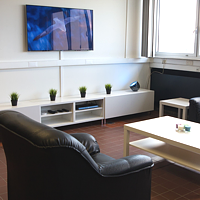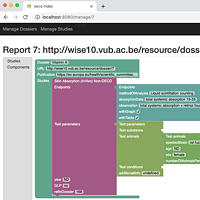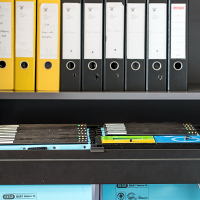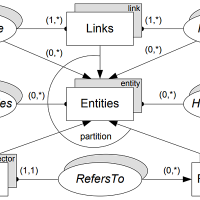Research Topics of audrey sanctorum
We investigate conceptual models and architectures for the representation and integration of information across media boundaries. It is time to question existing document formats which are very much based on the simulation of paper on static desktop computers and to come up with innovative information concepts for the representation of open and fluid cross-media "documents".
Nowadays, the so-called Internet of Things (IoT) and Web of Things (WoT) start to play a more important role in our daily lives, given that many appliances are connected to the Internet. Solutions such as the popular If This Then That (IFTTT) enable users to define rules for implicit interactions with their IoT-enabled devices. However, existing IoT solutions do not support human-computer interactions across platform boundaries and we therefore investigate the necessary concepts and architecture for a cross-platform IoT middleware.
Domain experts, such as pharmacologists, are often faced with a steep learning curve when adopting computational approaches developed and still under development in the domain of computer science (CS) as they often have a limited CS background. The absence of CS experts or knowledge are stalling the uptake of these technologies in many domains. By using an end-user computing approach (Goodall & Howie, 1997) this can be remediated. End-user computing refers to systems in which non-programmers can create their own software applications.
On a daily basis users struggle to organse and re-find their stored documents, photos or emails. Personal Cross-Media Information Management investigates the opportunities to provide the user with an alternative to the Desktop Metaphor where we step away from the file hierarchies used to store our information. Our cross-media PIM system is a solution which unifies all organisational structures such as email, bookmark and file hierarchies but also the physical classification structures such as bookshelves or piles of papers on the desk.
One of the core research topics of WISE is conceptual modeling. During conceptual modeling, we create models for the system to be developed or for the domain under considerration without consideration implementation aspects. While in the past, the conceptual modeling techniques, such as ORM, UML or ER where very general and could be used for different domains, nowadays domain-specific modeling languages are preferred. These domain-specific modeling languages are tailored to their domain and provide first-class modeling concepts for concepts that are specific for the domain under consideration.






